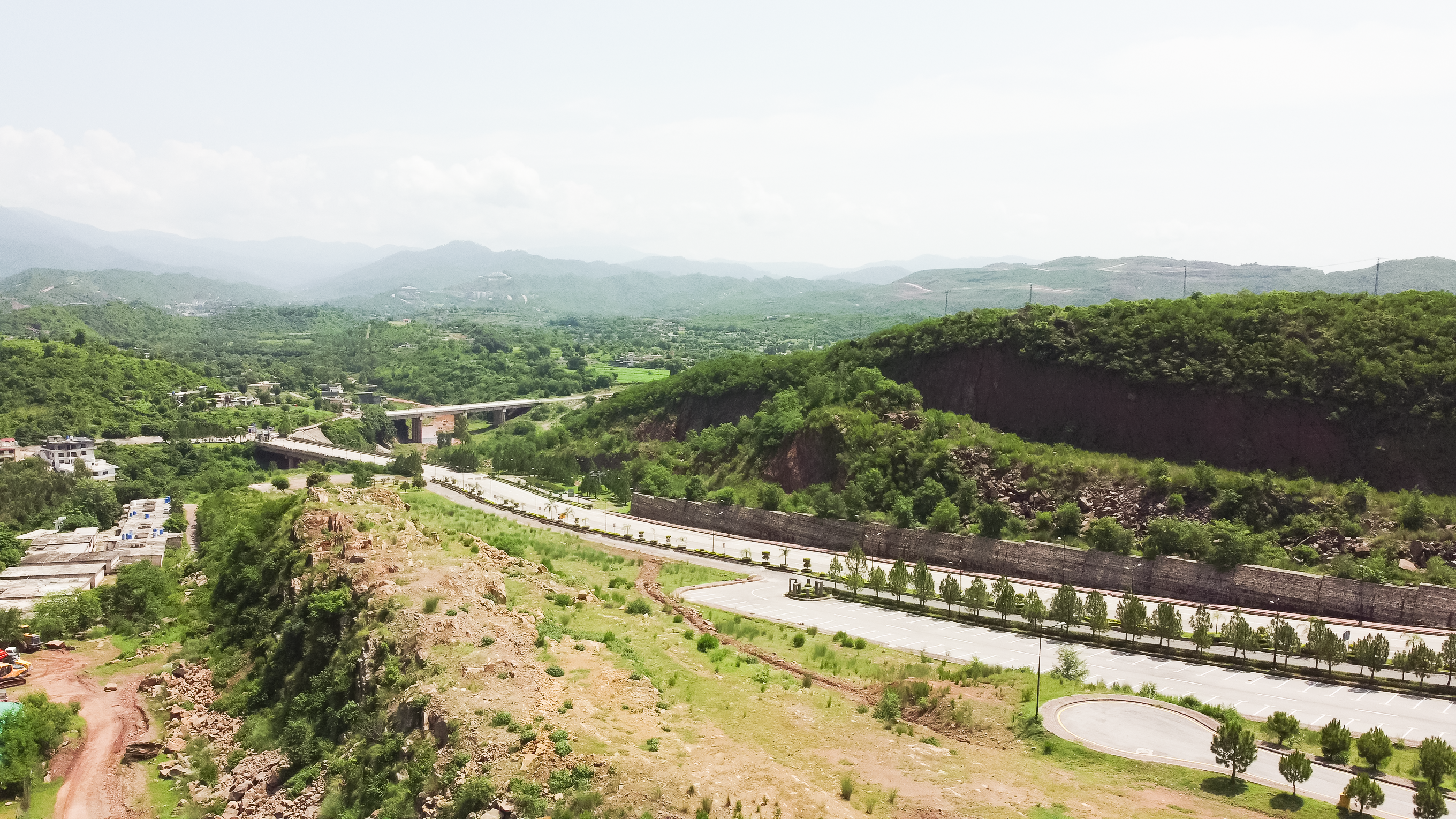Every economy has moments that serve as inflection points. For Pakistan, the fiscal years 2014–15 marked such a turning point, a phase when key indicators began aligning and confidence returned. Now, a decade later, the numbers from 2024–25 suggest we may be witnessing a similar transition.
Looking Back: What 2014–15 Taught Us
Pakistan's economy saw a robust and consistent recovery from 2013 to 2016. In 2013, real GDP growth was 2.6%; by 2016, it had risen to 4.7%, indicating a more comprehensive economic recovery. The IMF raised its forecasts in 2014 and said:
“The FY2013/14 growth projection has been revised upward from 3.1 per cent to 3.3 per cent, as economic indicators continue to show better-than-expected performance.”
This revision reflected more than numbers. It signalled tangible improvements across major sectors: agriculture, services, and trade. Policy reforms, new trade relationships, and increased investor confidence helped turn sentiment around. That momentum laid the groundwork for several years of meaningful growth.
2024–25: Echoes of Progress Resurface
As per Reuters, Pakistan’s economy expanded by 2.4% in the third quarter of the current fiscal year. The National Accounts Committee has since adjusted the country’s full-year growth forecast to 2.68%, putting the total economic size at $410.96 billion.
This renewed momentum is built on three primary pillars:
- Stability of the agricultural sector: Agriculture rose by 1.18% in Q3 despite dips in important crops, indicating greater sectoral stability.
- Monetary easing: In order to reverse a cycle of record-high rates and boost corporate activity, the central bank recently lowered its policy rate by 100 basis points, to 11%.
- Disciplined fiscal planning: The government’s ongoing efforts to streamline spending and boost domestic revenue have reinforced a framework for stability.
2015 and 2025: The Parallels Are Clear
Ten years ago, the launch of CPEC and key export deals with the European Union helped elevate Pakistan’s global standing. Foreign reserves grew, trade expanded, and infrastructure spending increased. While today’s path is shaped by different challenges and strategies, the sense of cautious optimism feels familiar.
Today, the recovery is being driven by monetary discipline, global remittance flows, and a gradual return of investment appetite. These building blocks, though distinct from a decade ago, point toward another cycle of measured, sustainable progress.
A New Growth Chapter And a New Way to Participate
Pakistan’s upward GDP trajectory is more than a rebound; it’s a signal of stabilisation, resilience, and renewed possibility. As the economy moves forward, sectors like real estate often respond first, attracting capital, driving construction, and shaping how cities evolve.
For overseas Pakistanis looking to be part of this chapter, high-quality developments in core urban hubs offer not just investment potential. But a way to grow with the country’s future. Our projects in Lahore and Islamabad are designed for precisely this moment – when confidence returns and vision becomes action.
Recent News



